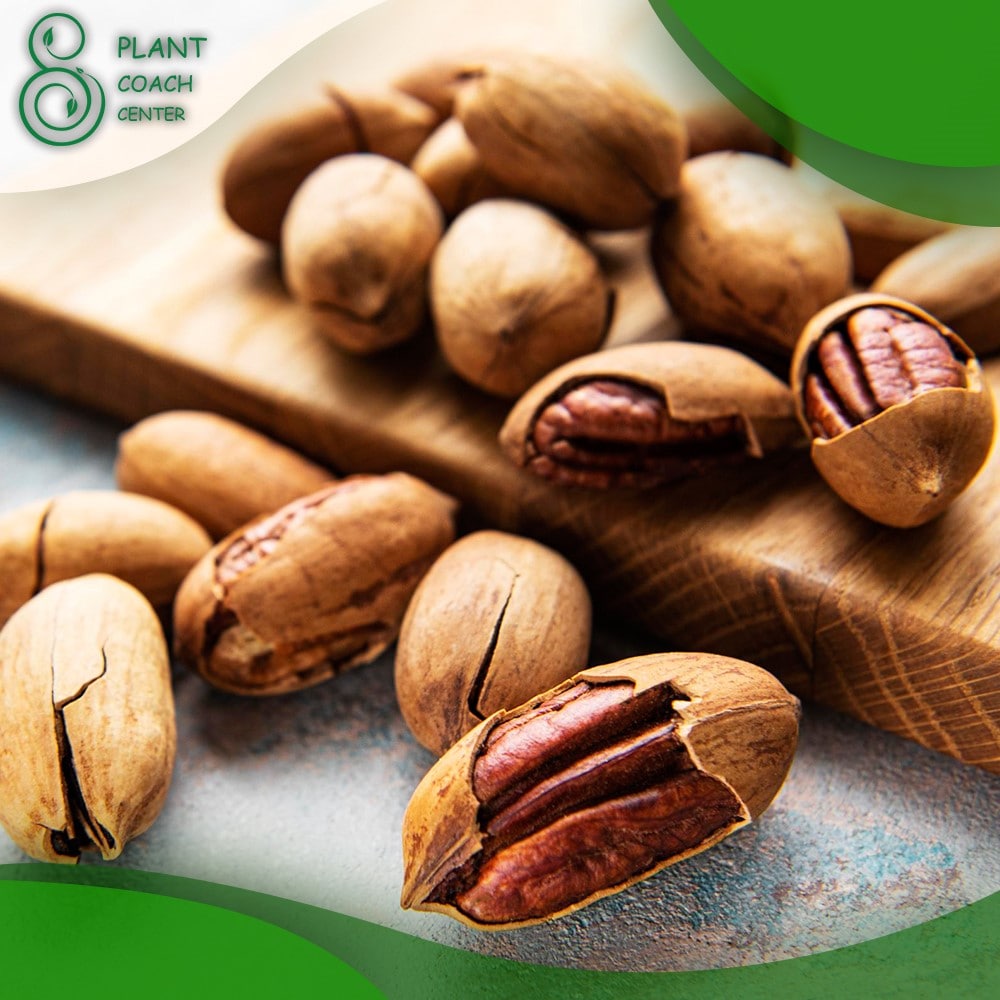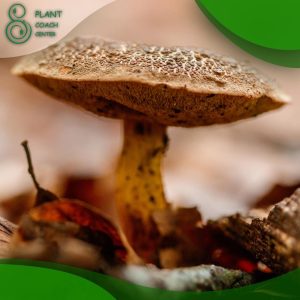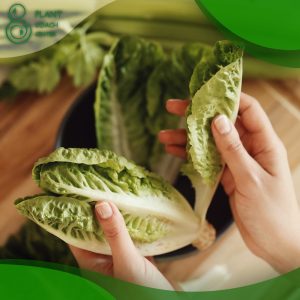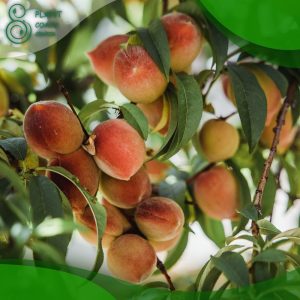Introduction
Pecans are not just tasty nuts; they’re a journey. From planting the seed to harvesting the fruits, every step is an adventure. If you’ve ever nibbled on a pecan and thought, “how do these even grow?” then you’re in the right place. This article aims to provide an in-depth look at the life cycle of a pecan tree, ideal conditions for growth, common challenges, and more. Let’s explore the fascinating world of pecan growth together.
What are Pecans?
Pecans are nuts that grow on large, deciduous trees native to North America. They’re rich in healthy fats, proteins, and fiber, making them a favorite snack the world over. The pecan tree is a species of hickory, scientifically known as Carya illinoinensis.
The Lifecycle of a Pecan Tree
The journey of a pecan from seed to mature tree is a fascinating one. Let’s walk through it step by step.
Planting the Seed
It all begins with a tiny pecan seed. This seed is typically planted in well-draining soil during the dormant winter months.
Germination
In the spring, the seed germinates, breaking through the soil’s surface as it begins its life as a sapling.
Sapling Growth
The sapling then grows steadily over several years, building a strong root system and increasing in height.
Maturity and Pecan Production
After around 10 years, the tree reaches maturity and starts producing pecans. This production typically peaks between 75 to 225 years of age!
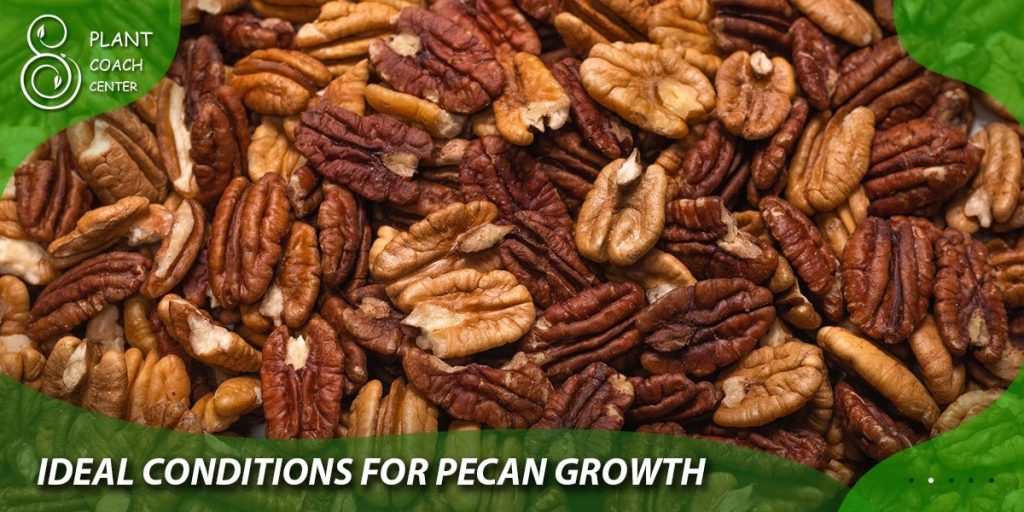
Ideal Conditions for Pecan Growth
Growing pecans isn’t just about planting a seed and waiting. It requires providing the tree with the right conditions for optimal growth.
Soil Requirements
Pecan trees prefer well-drained, deep soils with a pH level ranging from 6.0 to 7.0.
Climate and Temperature Considerations
Pecan trees thrive in warmer climates, requiring a long, hot summer to produce nuts. They also need a cold winter to trigger dormancy.
Water and Irrigation Needs
While pecan trees are somewhat drought-resistant, they need regular, deep watering, especially during dry spells.
Common Challenges in Pecan Growing
Like any plant, pecan trees face their share of challenges. Let’s take a glance at a couple of them.
Pecan Weevil and Other Pests
Pecan weevil, aphids, and several other pests pose a significant threat to pecan trees, particularly during the nut development stage.
Diseases
Pecan trees can also fall prey to various diseases, such as pecan scab, especially in humid conditions.
Harvesting and Processing Pecans
Once your pecan tree has navigated the challenges of growth, it’s time to reap the rewards!
When and How to Harvest
Pecans are typically harvested in the fall, when the outer husk splits open, revealing the nut inside.
Processing for Consumption
After harvesting, the nuts need to be cleaned, dried, and shelled before they’re ready for consumption.
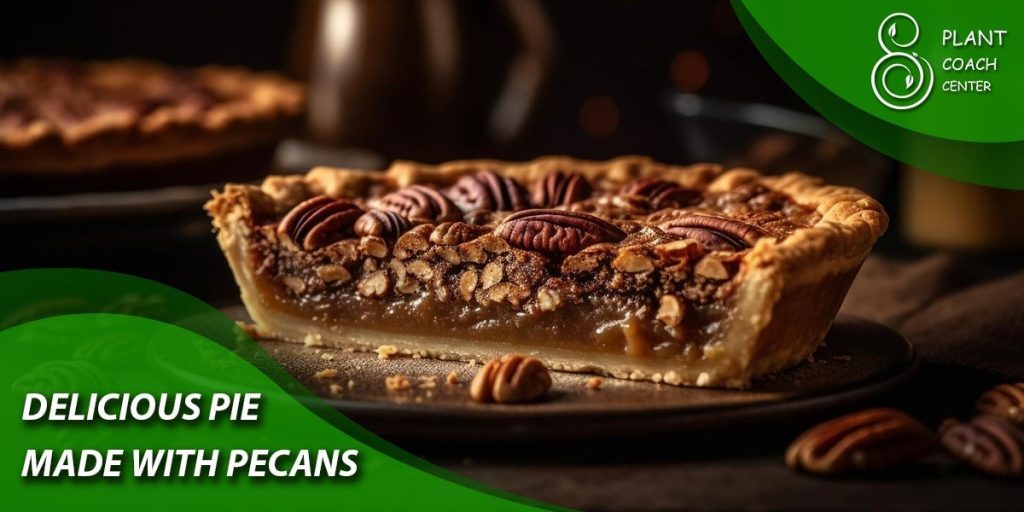
Navigating the Challenges of Pecan Cultivation
Pecan cultivation, while rewarding, is not without its challenges. From pests and diseases to weather conditions and soil requirements, numerous factors can influence the successful growth of these hearty trees. This guide aims to highlight some of the most common issues encountered in pecan cultivation and offer practical solutions to navigate them effectively.
Pest Infestations
One of the most significant problems for pecan farmers is pest infestations. Various insects, such as pecan weevils, hickory shuck worms, aphids, and mites, can wreak havoc on pecan trees.
Pecan Weevils
Adult weevils lay their eggs inside the developing nuts. The larvae feed on the kernel, causing significant damage. Controlling weevils often involves the use of insecticides and regular monitoring to detect early infestations.
Hickory Shuck worms
These pests bore into the shucks of pecan nuts, preventing proper nut development. Effective control methods include the use of insecticides and promoting natural predators.
Aphids and Mites
These tiny pests suck sap from the leaves, causing yellowing and leaf drop. They also excrete a sugary substance called honeydew, which encourages the growth of sooty mold. Regular inspections, the use of insecticidal soap, or introducing beneficial insects like ladybugs can help control these pests.
Diseases
Various diseases can also plague pecan trees, often exacerbated by certain weather conditions.
Pecan Scab
This fungal disease is the most destructive for pecan trees. It causes lesions on the leaves, shucks, and nuts, significantly reducing crop yield. Pecan scab is more prevalent in humid conditions, and control measures include using resistant varieties and applying fungicides.
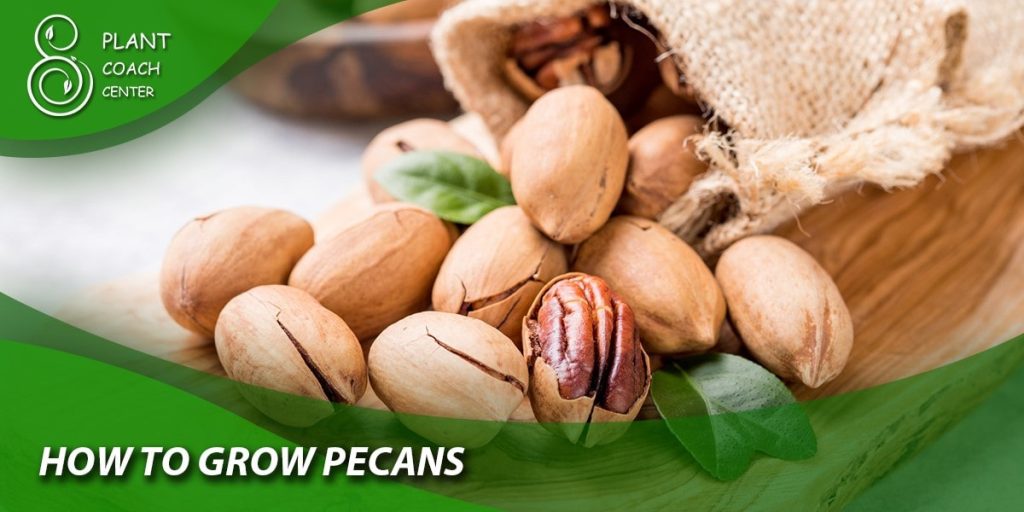
Vein Spot
This disease causes brown spots on the leaf veins, leading to early defoliation. This problem is also managed by using resistant varieties and applying suitable fungicides.
Soil and Nutrient Requirements
Pecan trees have specific soil and nutrient needs. They prefer deep, well-draining soils with a pH of 6.0 to 7.0. A lack of essential nutrients such as nitrogen, zinc, and phosphorus can result in poor growth and low nut yield. Regular soil testing and the application of appropriate fertilizers can help address nutrient deficiencies.
Watering Needs
While pecan trees are somewhat drought-tolerant, they require regular and deep watering, especially during dry periods. Insufficient water can lead to poor nut development and lower yields. The use of drip irrigation systems can help provide consistent moisture levels.
Climatic Factors
Pecan trees need a long, hot growing season for the nuts to mature. However, they also require a cold winter period to enter dormancy. In areas where these conditions are not met, pecan trees may struggle to produce a good crop. Selecting varieties adapted to your local climate can help mitigate this challenge.
Pollination Issues
Pecan trees are wind-pollinated and have separate male and female flowers. Some varieties shed pollen before the female flowers are receptive, leading to poor nut set. To ensure successful pollination, it’s crucial to plant at least two different but compatible pecan varieties.
Navigating the challenges of pecan cultivation requires knowledge, patience, and a keen eye for detecting problems early. However, the reward of a bountiful pecan harvest is well worth the effort. Remember, every challenge faced is an opportunity to learn and grow, not just for the tree, but for the cultivator as well.
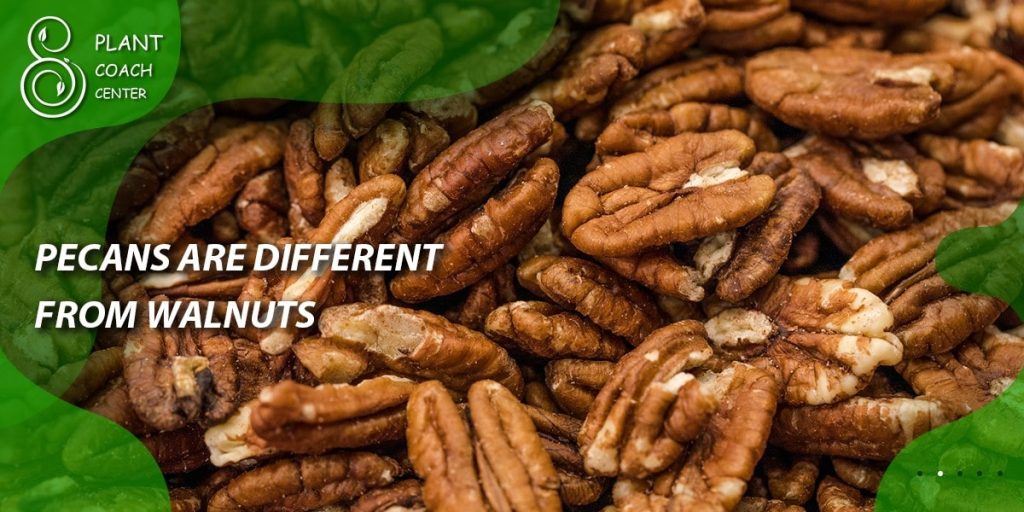
Soil Testing and Fertilizer Application for Pecan Trees
Maintaining optimal soil health and nutrient levels is crucial for the growth and productivity of pecan trees. Regular soil testing and appropriate fertilizer application can significantly help in managing these aspects.
Conclusion
Understanding how pecans grow can enhance your appreciation of these tasty nuts. From the planting of the seed to the mature tree laden with pecans, every stage is a testament to the wonders of nature. So, the next time you eat a pecan, remember the journey it undertook to get to your plate.
Do pecan trees need a lot of water?
Yes, they do. Especially during dry spells, it’s important to water them regularly and deeply.
How long does a pecan tree live?
A pecan tree can live and produce nuts for hundreds of years, with peak production occurring between 75 to 225 years.
How long does it take for a pecan tree to bear nuts?
Typically, a pecan tree starts producing nuts when it reaches maturity, around 10 years after planting.
What pests commonly affect pecan trees?
Pecan trees can be impacted by several pests, including pecan weevil and aphids.
How are pecans harvested and processed?
Pecans are harvested in the fall when the husk splits open. The harvested nuts are then cleaned, dried, and shelled before they’re ready for consumption


